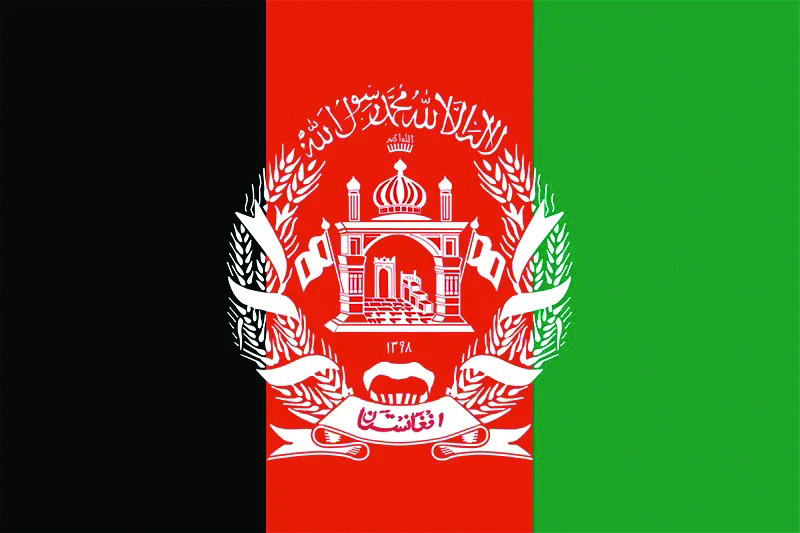The majority of Afghanistan’s private universities face imminent closure, with their incomes having plunged following the Taliban’s decision to ban women from higher education. The country’s union of private universities said in December that the ban could force 35 out of 140 institutions with 70,000 female students on their rolls, to shutter doors. But academics say the actual number of closures is likely to be much higher, with some suggesting that the union may have come under pressure from the Taliban to provide a low estimate.
Several researchers speaking with Times Higher Education believed that the recent ban on women in universities is likely to be the “last straw” for the majority of private institutions. Before the ban, women made up roughly 30 percent of Afghanistan’s university students, across public and private universities. But the number of female students at some private institutions was much higher.
Already, there have been reports of several universities shutting down. The Moraa Educational Complex, which includes a female-only university in Kabul, has allegedly closed all but one of its faculties. At the Afghan Swiss University, the medical faculty is closed to all students, while the faculties of medicine at Dawat University and Khatam Al-Nabieen University — both have large numbers of women students — have informed their students that they will be forced to shutter if the situation continues.
Although male students whose universities close may be able to continue their studies elsewhere in the country, no such option exists for Afghan women. They have been shut out of education and public life.
Meanwhile, several Iranian universities across the border have offered to host Afghan women. Combined with an already established Afghan diaspora in the country, the offer of free higher education is “likely” to increase the flow of Afghan refugees into Iran, says Arshin Adib-Moghaddam, professor in global thought and comparative philosophies, at SOAS University of London and author of What Is Iran (2021).
